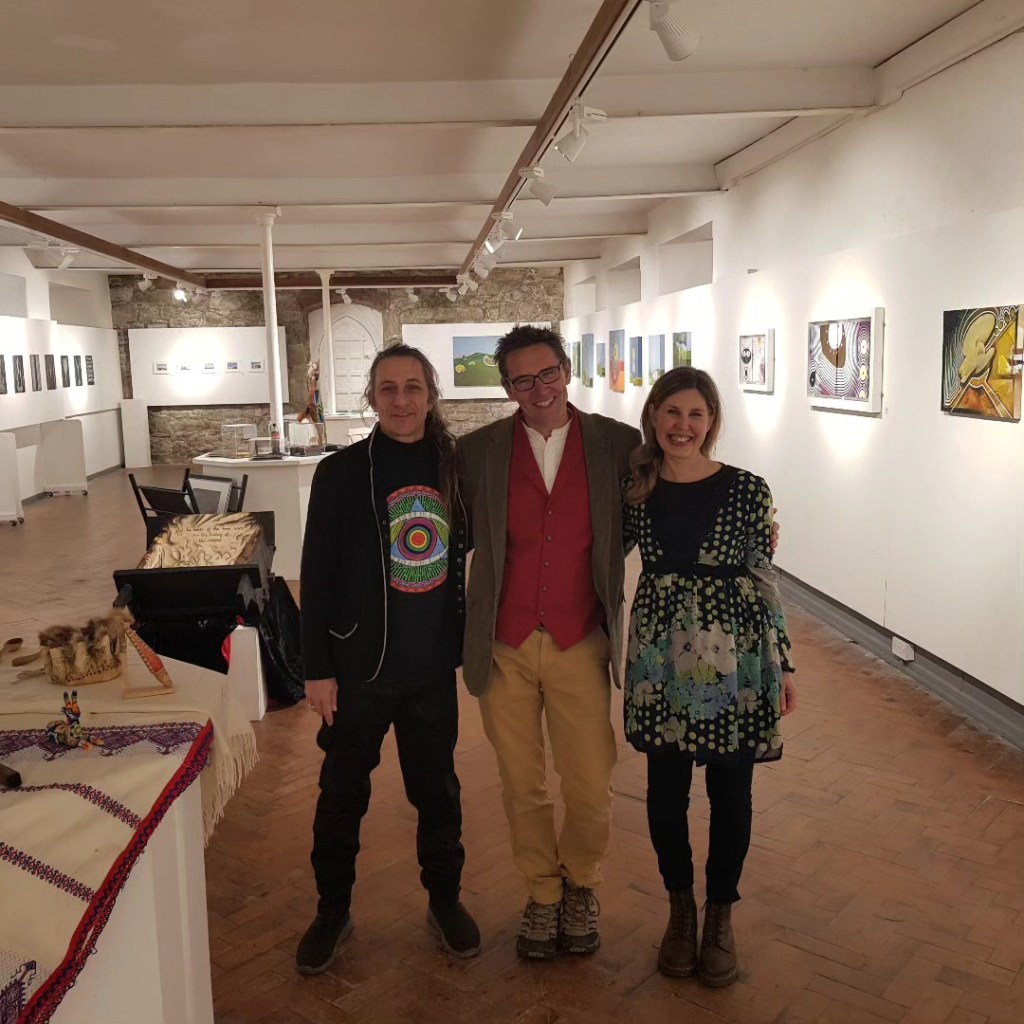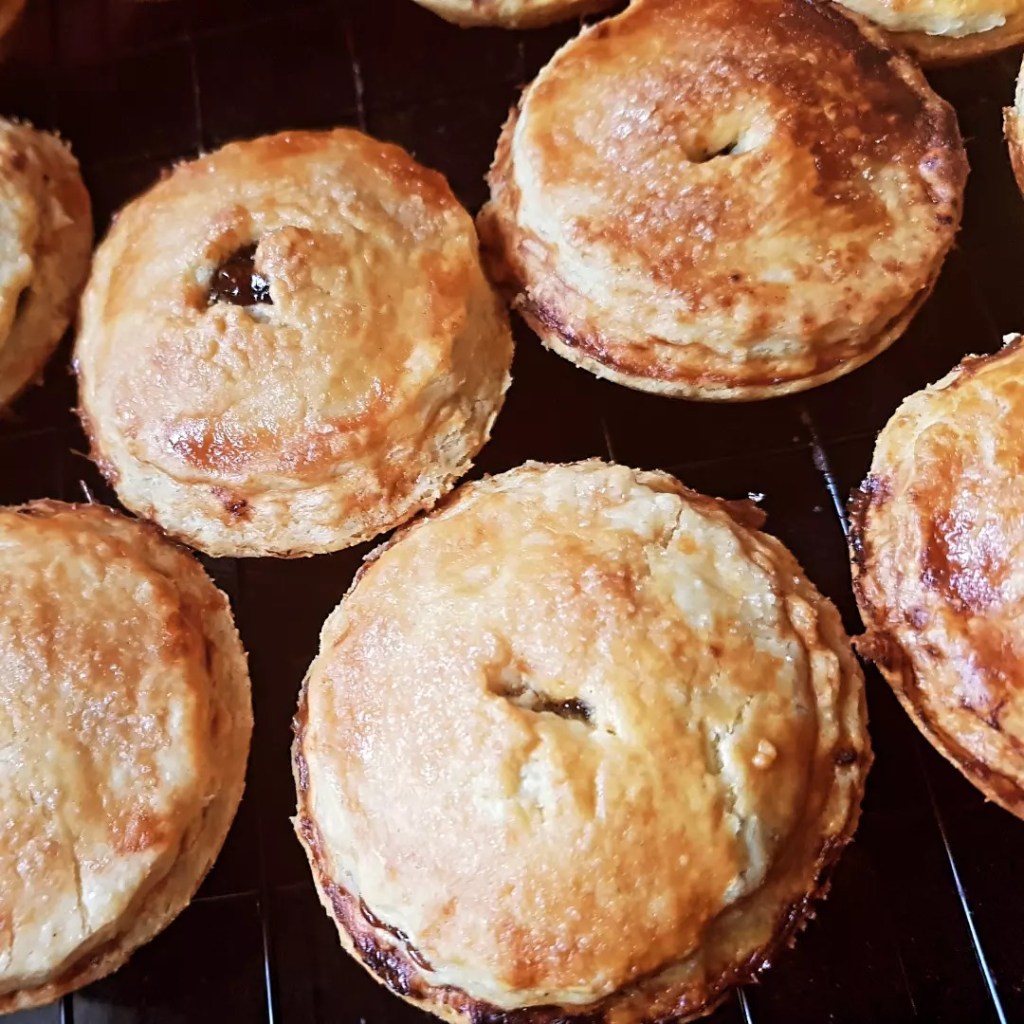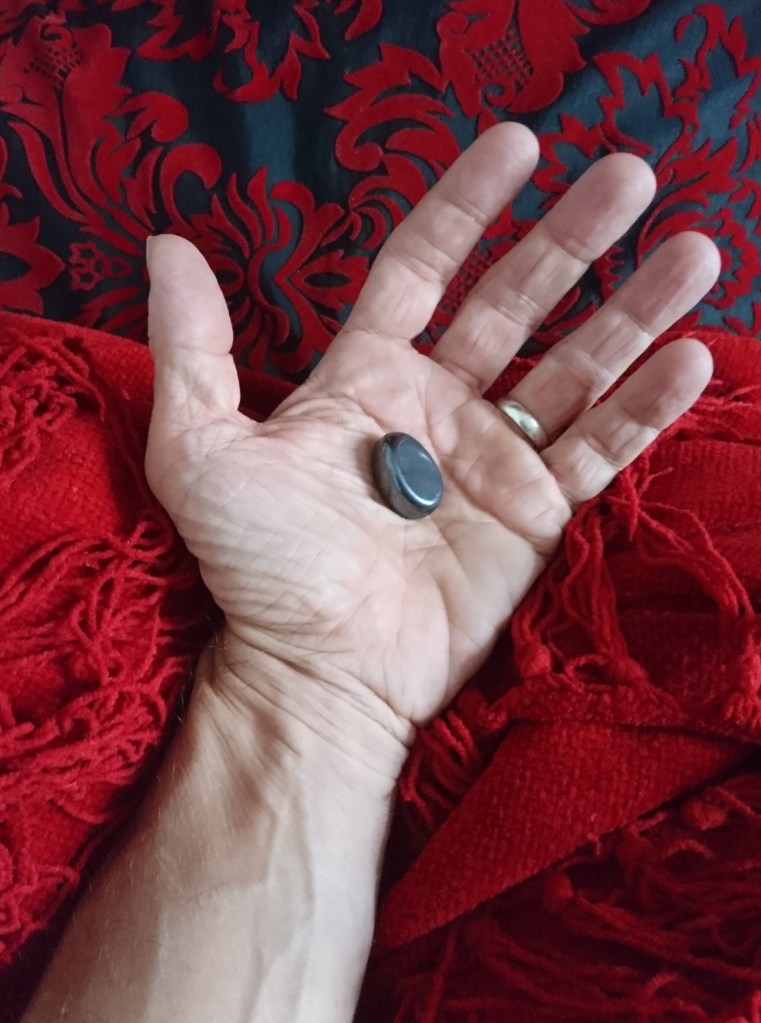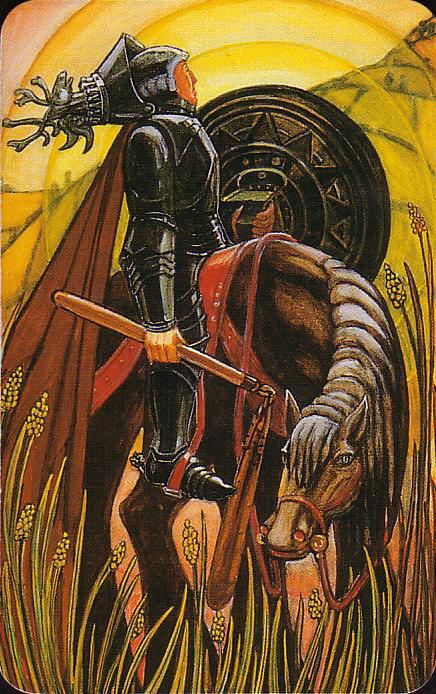I’m sitting and writing this in the days between the solstice and the New Year. Those strange, delicious in-betweenness days which, according to legend, are bonus dates that extend the 360 degrees of the horizon’s circle into the 365-ish days of the solar year.
I’m grateful that, as I reflect on the year that is on its way out, I’ve been so fortunate. Especially in Euro-American culture we tend to believe that what happens to us is the results of our choices, and up to a point that may be true. However, much of what happens in our lives is the result of conditions around us, and innumerable other factors over which we – in the sense of our consciousness awareness or even our ability to plan – wield little control. (I am reminded of an interview with the Duke of Westminster in which he wisely suggested that the best way to get rich in the UK was to have an ancestor who was friends with William the Conqueror.) I therefore praise the Goddess Fortuna for her favour.
My good fortune last year consisted of many opportunities to work with remarkable people. This is one way I endeavour to roll with the capricious Wheel of Fortune, by surrounding myself with wonderful friends, allies, colleagues and collaborators. I get to do cool stuff in part because I make it my business to hang out with wonderful humans, to be inspired, cared for, recruited and raised up by them. Amazing collaborations in 2023 included with the team of Breaking Convention and our first conference at the University of Exeter, the members of the Order of the Sun and Moon, The Fungi Academy, The Magical Pact of the Illuminates of Thanateros and many others. I was able to travel in 2023 to attend the MAPS conference in Denver, as well as Music, Magic & Medicine and Occulture in Berlin. Meanwhile I’ve been invited to contribute to the emerging academic fields of occult studies, psychedelics and philosophy and esoteric art. I’ve been administered intravenous DMT for an hour at Imperial College, and taught local NHS wellbeing programs. My strategy, such as it is, is to put myself in the right place (physically, psychologically etc) and then just wait for amazing things (collaborations, situations, inspiration etc) to arise. This echoes the view of my Tai Chi teacher, quoting his teacher Cheng Man-ching, that to access the power of chi all you had to do was put yourself in the right place and then it will just turn up. The analogy being catching a bus; you have to get to the right bus stop but once you’re there just be patient, and get on board when it arrives.

I recognise my privilege in all this, in all the opportunities I have been able to access. I thank Fortuna for the chance to doing things I love with people I respect, admire and whose company I enjoy. My happiness, as I reflect on 2023, is also born of the perception that some of the things I’ve done have helped others. For example, at the Breaking Convention conference Nikki and I had more than one person tearfully express to us how grateful they were to be in a setting in which their interest in psychedelics was accepted and indeed celebrated. For me it’s both a source of honour and of delight to be able to do this work which I consider an expression, speaking with my pointy occultist hat on, of my Great Work. Meanwhile for those who missed the conference itself, the talks from Breaking Convention 2023, like those of previous years, are all available free on YouTube.

I’ve also been honoured to directly support the next generation of psychedelic sitters by teaching on programs curated by Daniel Shankin, Laura-Dawn, and Natasja Pelgrom.
2024 looks like it is set to be equally busy in a good way, here are a few things that are already scheduled:
I’ll be speaking at The Occult Conference in Glastonbury, 17-18th of February in person, and the following weekend I’ll be part of the online Sacred Mycology Summit curated by The Fungi Academy, 23-25th February.
I’m facilitating a psychedelic retreat in The Netherlands with the excellent Nurse Jo and other very experienced space holders (Jo’s blog is here). This will be immediately after the Breaking Convention 2024 one-day event in London. For details of the BC event follow them on social media so you can grab a ticket once these go live, or sign up to their newsletter.

If you’re interested in joining me in the Netherlands for our retreat, which is specifically for psychonauts who want to develop their space holding skills, please drop me a message. The dates for this are Monday 22nd until Saturday 27th of April.
Meanwhile on the artistic front, there is another exhibition scheduled for The Order of the Sun and Moon, once again in St Ives, this time from the 9th to 15th of November. We’re also planning a show in London earlier in the year, details are yet to be confirmed so watch this space for updates.
The illustrated volume of essays by the Order of the Sun and Moon with foreword by Judith Noble remains available via Amazon. Contact me direct if you want one of the rare signed copies, or one of the editions that contain original artwork by Greg Humphries.
I was really chuffed that so many people attended the opening night, that visitors to the gallery keep the place buzzing for a week, and that I sold several pieces. The artworks that I produce for sale can be found on the gallery page of my website and you can see the pieces from the St Ives show here.

Also via my website I’ve got three inexpensive self-directed courses available (in fact one of them is completely free) and I’m working with the excellent Dave Lee to shortly add an extensive course on chaos magic too. Dave incidentally has just published another excellent book, Primal Chaos: Writings and Rituals from Then and Now through Nikki Wyrd’s publishing house The Universe Machine.
Finally, I’m going to be doing lots of online esoteric workshops with Treadwell’s Books (coming up next New Year’s Magic, Scrying, Chaos Magic and Psychogeography), Morbid Anatomy (Chaos Magic, Sigil Magic, and Navigating Psychedelic Space), Viktor Wynd (An Introduction to Aleister Crowley, and Thelemic Magick) and The College of Psychic Studies (details coming soon). Stay tuned to my social media for more details.
Thanks for taking the time to catch up with my news! Now it’s back to the excellent home-made mince pies, baked and photographed by the ever skilful Nikki Wyrd…

I hope that you found good fortune in 2023, and wish you a fabulous and flourishing 2024.
Big Love!
Julian


